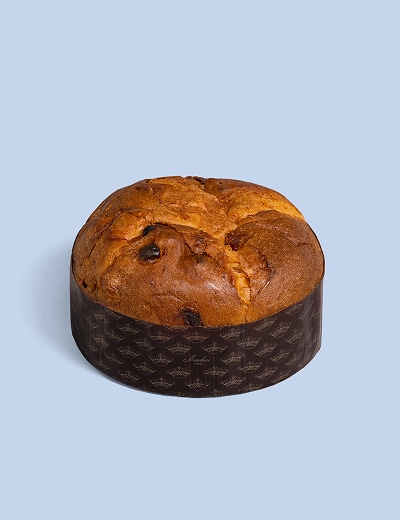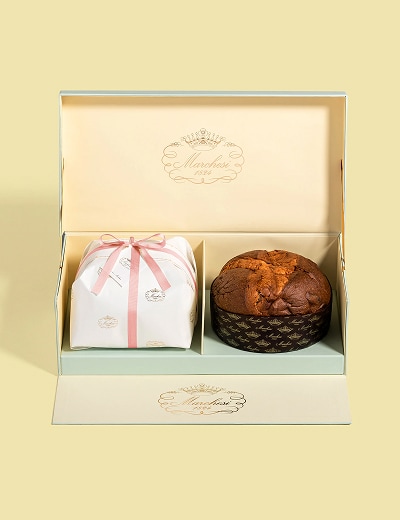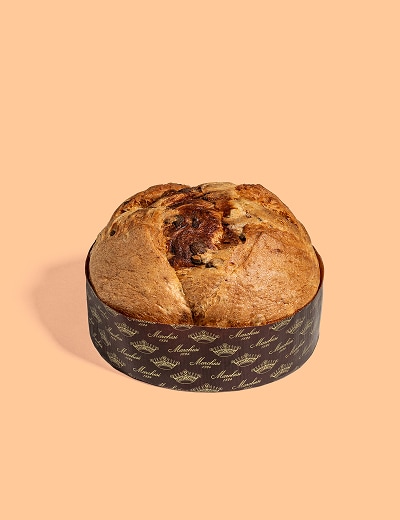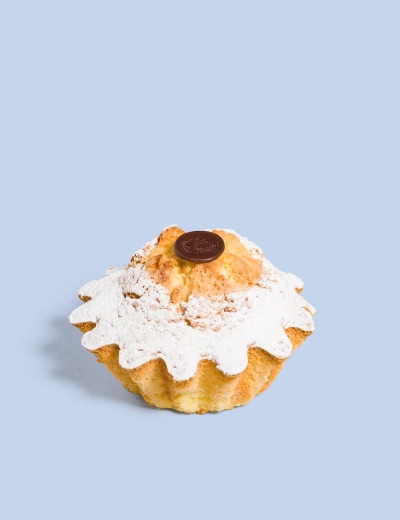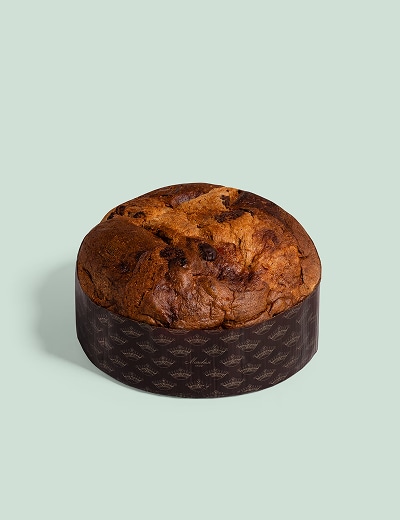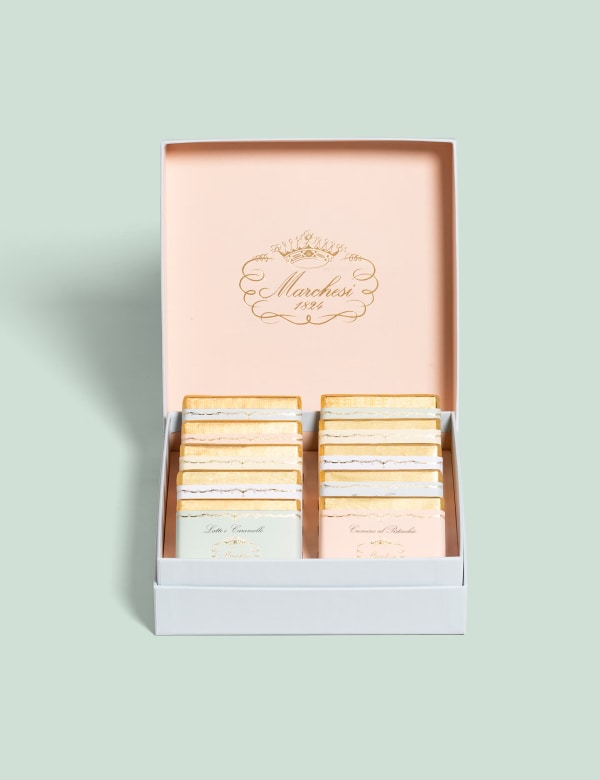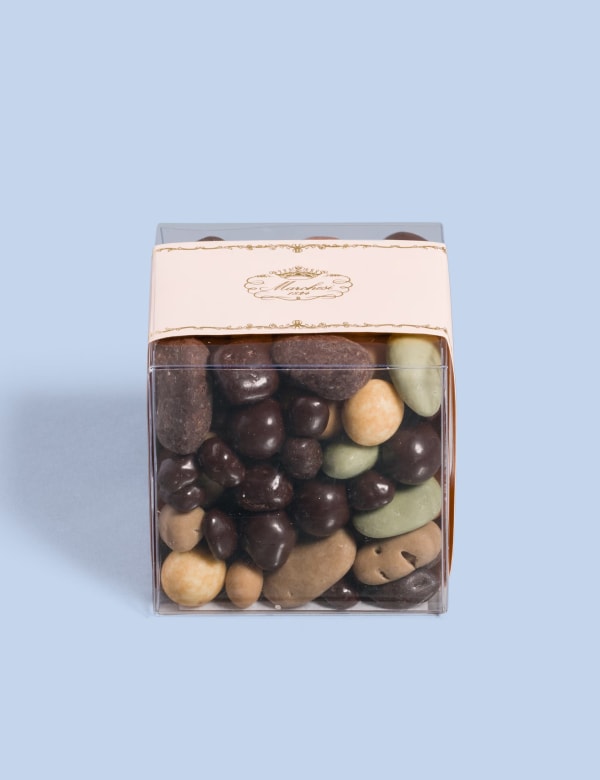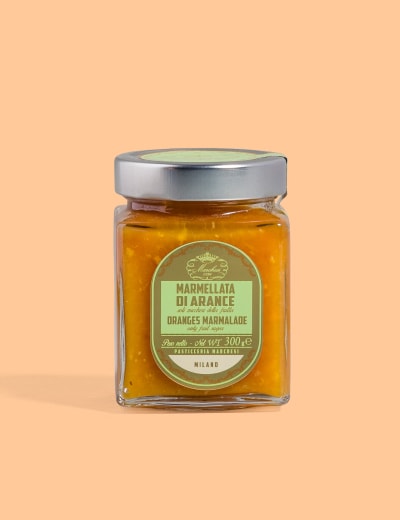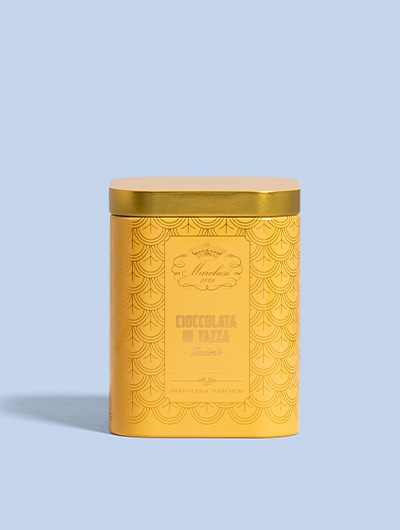
Not many cakes can claim to put passion at the tip of your tongue, but the very act of saying the name “Amor Polenta” holds the promise of a love story. What’s more, it is a love story that blossoms at first taste and continues to grow with each successive mouthful.
Along with Panettone, this much-loved treat is one of the cakes for which Marchesi 1824 is best known. -And unlike Panettone - which is principally consumed at Christmas - it has the advantage of being eaten throughout the year.-
Amor Polenta comes from a long-established culinary tradition in Lombardy, and specifically the town of Varese, not far north of Milan near the Italian-Swiss border, and on account of its provenance it is also known (in Milan at least) by the nickname of ‘Torta di Varese’.
The first part of the name, ‘Amor’ (meaning ‘love’), is naturally a reference to the irresistible taste of this dessert, while the word ‘Polenta’ is a clue to its humble origins. For those not familiar with the dish, polenta is a staple of Northern Italian cuisine, and originally a peasant dish. Made with cornflour, it can either be served as a hot porridge-like mash or else cooled into a solid loaf which is then, baked, fried or grilled. In its various different versions, it is then enriched with ingredients ranging from butter, cheese and porcini mushrooms to sausage, fish or even songbirds.
Initially eaten by the less wealthy, Amor Polenta shares the same main ingredient as its near namesake: cornflour. Cornflour is what gives the cake that wonderful gritty texture that teases the tongue, not to mention its inviting golden colour.
As for the remaining ingredients - butter, sugar, almond flour, and eggs- they may be simple, but in the Marchesi 1824 version they are all of the highest quality. The Marchesi 1824 recipe is also distinguished the addition of a little nutmegand a hint of lemon. After an hour in the oven, what emerges is a dreamy, crumbly, melt-in-the-mouth delight that can be enjoyed equally at breakfast, after a meal or as a snack at any time of day. Served on its own or with a sprinkling of icing sugar, fresh fruit or a little chantilly cream, it is a sweet slice of heaven.








